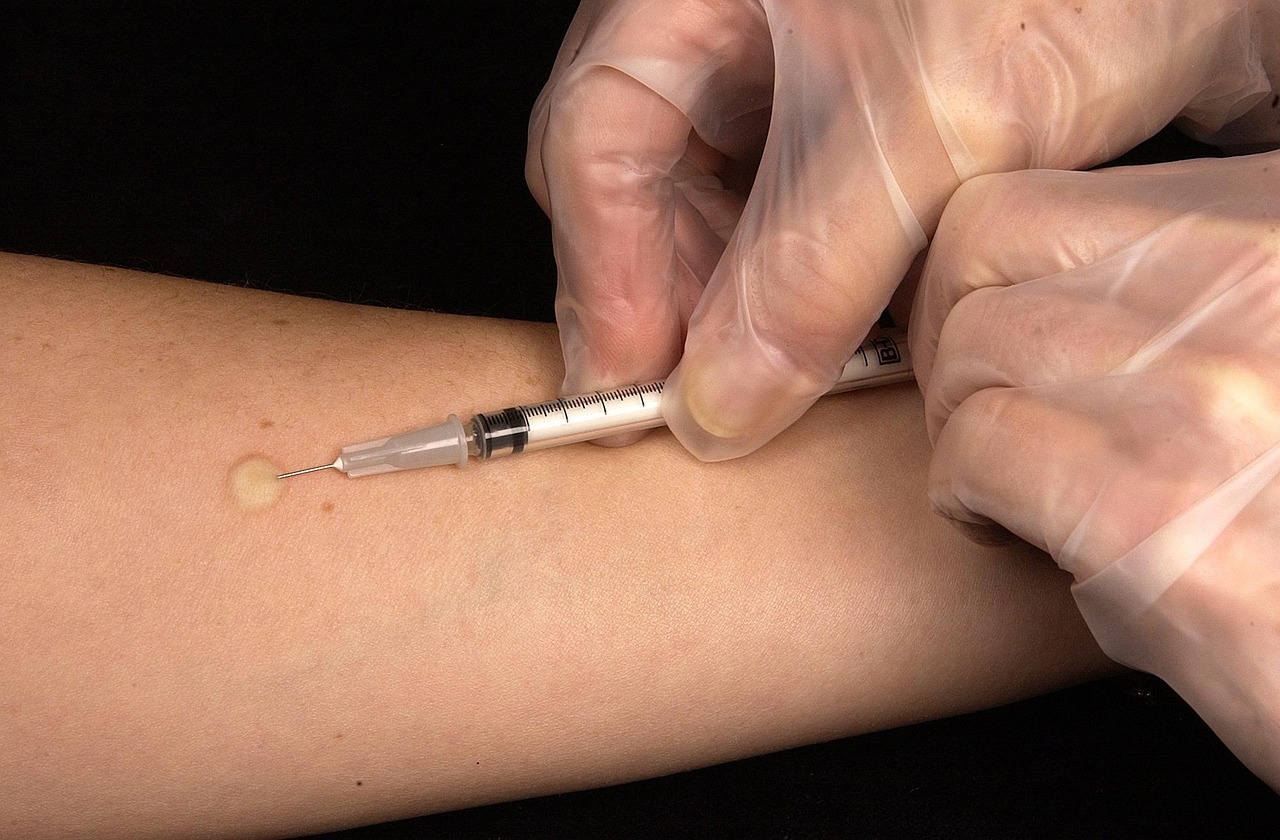March 24 marks World Tuberculosis Day, a reminder that the disease remains a significant global health threat. According to the World Health Organization (WHO), tuberculosis cases increased in 2023, reaching 10.8 million, despite a decline in mortality rates to 1.25 million deaths. The rise in cases highlights ongoing challenges, particularly in vulnerable populations.
In Belgium, tuberculosis cases have remained stable due to effective prevention measures. In 2023, 869 new cases were reported, a rise of 17 from the previous year, with an incidence rate of 7.4 per 100,000 people—consistent with 2022 levels. However, Brussels recorded an incidence rate of 21.3 per 100,000, significantly higher than other regions. Dr. Sizaire, Director of FARES, emphasized the need for a stronger reduction in cases to meet international targets of an 80% decrease in incidence and a 90% drop in mortality by 2030.
Read also: The Future of Cryptocurrency: U.S. Expansion, Security Threats, and Banking Challenges
Tuberculosis continues to affect disadvantaged communities in Belgium, with over half of cases linked to poverty, homelessness, substance abuse, and immigrant status. Stigma remains a significant barrier to diagnosis and treatment. Many patients face discrimination within their families, social circles, and healthcare systems, which discourages them from seeking care.
FARES plays a key role in combating this stigma by providing accessible and comprehensive care for tuberculosis patients. Its medical and social workers offer support to ensure patients adhere to treatments. FARES also trains healthcare professionals to identify and refer suspected cases, improving early diagnosis and treatment.
WHO stresses the importance of universal healthcare access and a multi-sector approach to address the social determinants of tuberculosis, including poverty and stigma. Eliminating tuberculosis requires not only medical interventions but also creating a supportive environment where patients feel respected and empowered to seek care.
This article is originally published on telesambre.be








